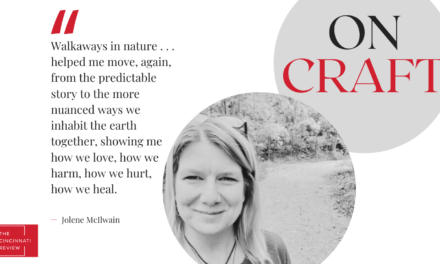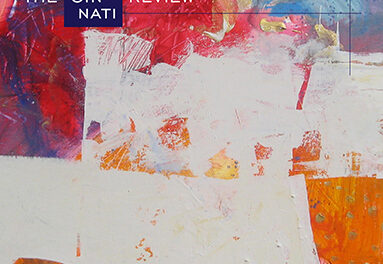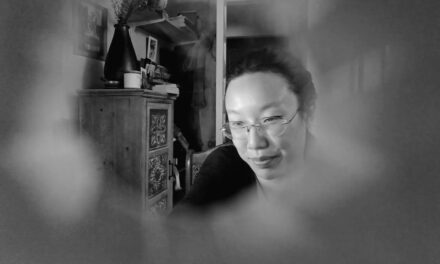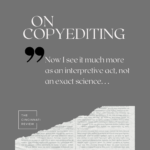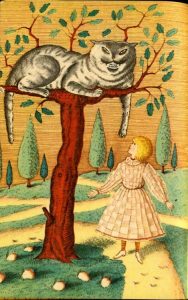 These days it’s easier to fall down the rabbit hole than ever. To see an interesting morsel of information, and grabbing it, is like a kind of reverse fishing; we put the lure into our mouths, bite down, and get yanked into the binaric seas of the information age. Once we see information that we’re interested in, it’s easy to lose track of time completely, remembering little of it but the search, and waking with more in our heads but not necessarily more to say. Here are a few authors from 13.2 that fell down the rabbit hole, sure, but invented some marvelous little songs along the way.
These days it’s easier to fall down the rabbit hole than ever. To see an interesting morsel of information, and grabbing it, is like a kind of reverse fishing; we put the lure into our mouths, bite down, and get yanked into the binaric seas of the information age. Once we see information that we’re interested in, it’s easy to lose track of time completely, remembering little of it but the search, and waking with more in our heads but not necessarily more to say. Here are a few authors from 13.2 that fell down the rabbit hole, sure, but invented some marvelous little songs along the way.
Leslie Miller on “Cutaneous Rabbit Illusion”: I have long been fascinated by the way science names things, and though contemporary scientists themselves seldom have the luxury of expanding the metaphors they reach for, poets do have that luxury, even that obligation. When I read about the “Cutaneous Rabbit Illusion,” a tactile illusion wherein a few successive taps on one’s forearm produce the illusion of additional taps “hopping” up the arm after actual touch stops, I found the rabbit vehicle fascinating and wanted to explore additional dimensions of the rabbit metaphor: for example, the fact that rabbits are vulnerable, easy prey, and the fact that we sometimes involuntarily remember or imagine touch when we’ve lost access to a loved one. Ultimately, loss, and even the possibility of it, makes easy prey of us all.
Jennifer Moore on “Skeleton Clock”: Last summer I spent a month in rural Wyoming where I was able to work on a new manuscript of poems. My interests and research were pretty divergent while I was there. One week I studied local birdsong; another, I pored over poems by Zen monks in China. Then my obsession turned toward skeleton clocks—watches or timepieces which expose the intricate mechanisms that guide their design and operation. I found so many examples—antique, classical, Victorian, contemporary—exquisitely designed, meticulously crafted. The more research I did, the more I fell in love with the idea of making clear the inner workings of any kind of art. In that sense, the poem’s a bit of an ars poetica.


